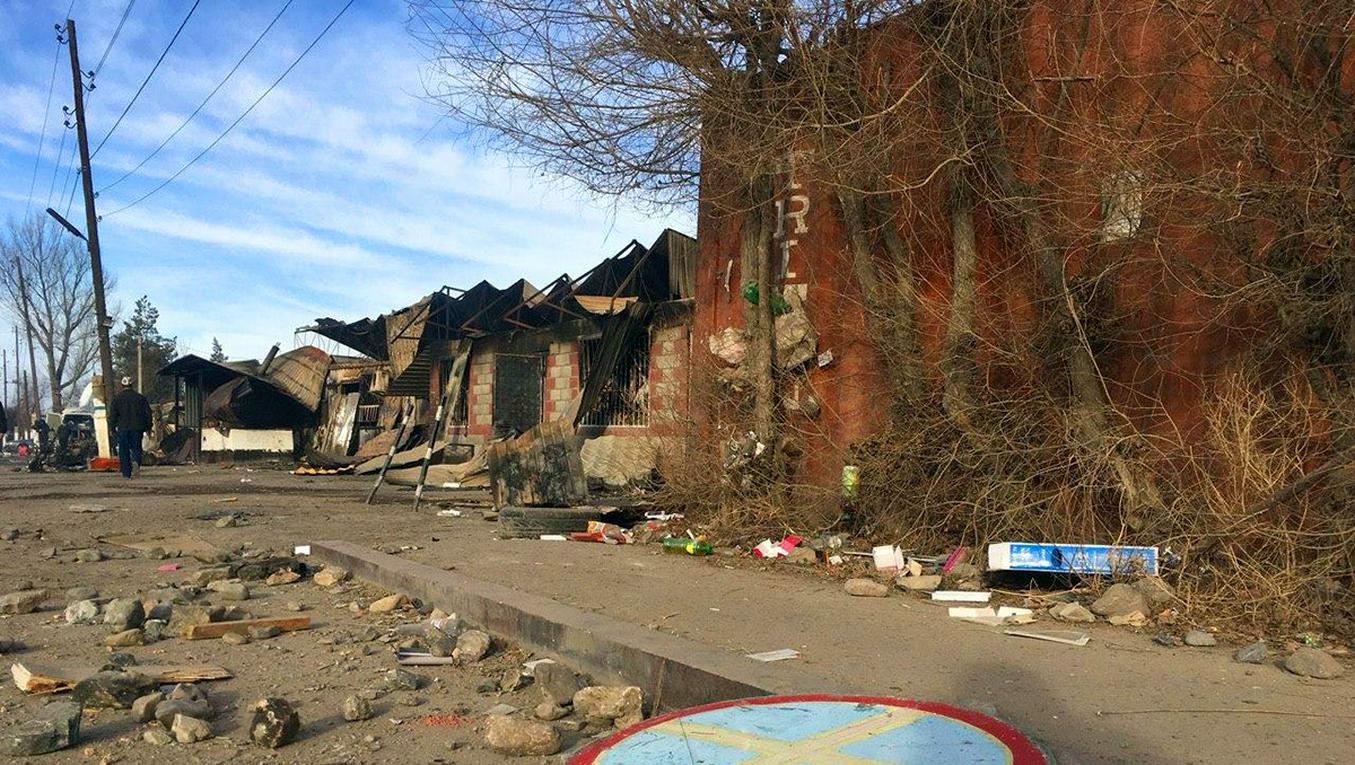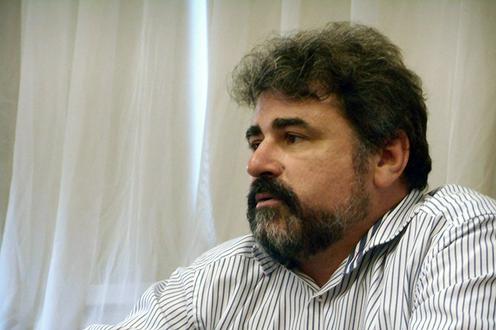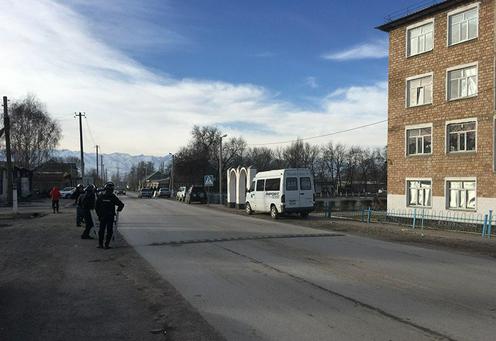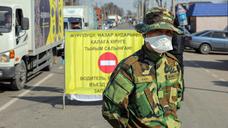Research fellow at the Russian Academy of Sciences’ Institute of Oriental Studies and the M. Auezov South Kazakhstan State University, ethnologist and social anthropologist Igor Savin, commenting on the conflict in southern Kazakhstan’s Korday district on his Facebook page, argued that at its roots “lies not ethnic intolerance, but a lack of equal access to and trust in state institutions on the part of different communities”. Fergana’s correspondent asked the academic to explain in more detail how he views the recent events in Korday district and also asked whether any kind of mechanisms exist in Kazakhstan to prevent such conflicts in the future.
– In southern Kazakhstan, the issue of “unequal access to and trust in state institutions” has been visible everywhere, starting in November 2006, when the Kazakh-Uyghur conflict occurred in Shelek in the Almaty region. Immediately after this, there was the Kazakh-Chechen conflict in Malovodnoe. Then in 2007, there was Mayatas near Shymkent, where Kazakhs were pitted against Kurds, plus what are known as the “Uzbek” conflicts in Karabulak and Karamurt. In 2015, there were disputes between Kazakhs and Tajiks (in the Saryagysh district of South Kazakhstan (now Turkistan) region), and now, finally, the “Dungan” conflict. And all of these conflicts are, at base, social conflicts.
The background to such conflicts is always the same.
Firstly – ideological, the idea that Kazakhstan is for Kazakhs, or Russia, for example, is for Russians and so on. The ideology of an ethnic rather than civic nation, even though it is stated in the constitutions of both countries that the source of power is the people as a whole. In contemporary Kazakhstan, a common civic identity is more readily adopted by residents of urban areas, enmeshed in impersonal relations of production and administration, regulated by laws, instructions and procedures that are common to all and not dependent in any way on citizens’ ethnic or religious affiliation or language.
But there are circumstances in which the social relations of some citizens are more influenced by local forms of identity: ethnic, religious, kinship, regional etc. Generally, this is the case for people who have retained both the tradition of living together in groups of related families and the tradition of continuous communication (these days often at a distance, by mobile phone) within networks of mutual support between relatives and neighbours. Such interactions are more characteristic of rural areas, where the fact of being neighbours is important for mutual assistance during the course of collaborative endeavours and collective decision-making in issues of vital interest, but it also retains its importance in the lives of villagers who are recent migrants to the cities.
For this reason, the majority of cases of this sort of conflict occur in communities characterised by compact, rural-type patterns of habitation and more local, including ethnic, forms of identity, based on solidarity with a narrow circle of “one’s own”.
Secondly – when state institutions are not equally accessible to all. Local communities – in this case the Dungans – feel that representatives of the state will not treat them the same as the majority, since they are a minority. This might be a mistaken idea, but it exists. And they turn instead to corporate solidarity and bribery of state officials. A few powerful businessmen appear to have created rather favourable conditions for themselves in the area, and this angered local Kazakhs.
But from another point of view, the population is Dungan, but the authorities and the police are made up of Kazakhs. Naturally, when a Dungan man was stopped by the police (the reference here is to the refusal of one individual to comply with police orders which preceded the disturbances – Fergana), instead of simply trusting the authorities, he rushed to settle the issue by getting “his” authorities involved. In other words, the police in this case did not see these Dungans as their own fellow citizens, but as some kind of “others”. The latter, in turn, saw the police not as some of “their own” who were there to protect them, but as representatives of the “ethnic majority”.
At the same time, when certain Dungans allegedly live “rich” in their midst, to the Kazakhs it looks as though the authorities are acting in the interests of “outsiders”. “We’re left in poverty in our own homes,” they say. This is a familiar refrain that can be heard all over – in Russia, too, in a number of conflicts you will hear people say “the Caucasians are rolling in it, yet we’re poor”. That’s why in this case I think the conflict has not been caused by Dungans or by Kazakhs, but by the absence of effective local self-government. Because in order to solve their problems, people go not to the authorities, theoretically ready to help and understand all on equal terms, but each to their own.
The resources of the local authorities are not sought, they are not trusted. This has been the case in all of the conflicts I listed earlier. Such clashes occur in all countries, and in Kazakhstan there are dozens of them. The thing is, we only hear about those where the authorities didn’t manage to prevent news of them from emerging. It is clear that, in terms of its roots, this conflict was social, socio-economic. But in terms of the means of mobilising participants, it became ethnic. That’s why it was difficult to stop.
– But the authorities are avoiding using the word “ethnic”.
– Firstly, it’s clear that they have to do this, official internationalism is of course deeply rooted here. And secondly, in a strict sense they are right. The initial eruption of violence came after an incident of refusing to obey the police, no slogans were shouted at first.
– The interior ministry’s version is that it all started with a traffic dispute, unconnected to the attack on the police.
– That doesn’t change a thing, because they (the parties to the dispute) didn’t go to the police, but instead started to mobilise some of “their own”, feeling that they wouldn’t meet with an adequate response from the police. Whether this feeling is correct or not, I don’t know, since I’m not familiar with statistics on the work of the district police. But this was clearly the way they felt when they started to call up “their” people. This means that, for them, the resources they can access through such a mobilisation of manpower are more effective than the police resources that are set up to deal with such situations.
– In your research, you have written that local figures of authority play a significant role in resolving these kinds of conflicts – elders, local people of influence. Why in this case did the security forces and army have to intervene?
– I can draw an analogy with the Kurdish pogroms in 2007 (a conflict in October-November 2007 between Kazakhs and Kurds in Mayatas village, sparked by reports of the rape of a four-year-old Kazakh boy by a 16-year-old Kurd – Fergana). In this case, the Kazakhs did not consider the authority figures being offered to them sufficient. Authority, of course, is not a mere title, it’s the result of a specific consensus within a particular community. It stands by its word and has the power to act. In this instance, it seems, no such authority was present. Or else the level of anger was too high. And the offers made by one side failed to satisfy the other, so in the end the government was called on to resolve the conflict all the same. But by then, of course, the initial mobilisation had done its damage.
– Are there any mechanisms in place in Kazakhstan to prevent these kinds of conflicts?
– In theory, yes. And the Assembly of People of Kazakhstan has experience of calling on such figures of authority. But still you need someone who can report a budding conflict in time to the right people, people who can talk the two sides into a de-escalation. In South Kazakhstan region, in fact, the Assembly has set up an institute for mediators and negotiators. The leaders of local communities have taken the relevant courses under the Assembly’s guidance. I spoke to these people in Karamurt, Sayram, where there were conflicts with Uzbeks.
I think there’s a need for a slightly different recruitment policy – as a rule, the police force is staffed not by the minority, but by the majority population, and not always from local people, but people who don’t know the people they are working with and don’t understand what they are doing on Kazakh territory. The same is true of local officials – they don’t understand how the current composition of the population came to be the way it is and why “these Dungan or Uzbek people” are living there. And, of course, it’s from the low-level state employees – pensions fund employees, tax officers, bank clerks, who are generally Kazakhs – that people form their impression of the state. From them they frequently hear – I know this from stories I have been told – that they should go back to Uzbekistan, to Tajikistan, back to “your China”.
– Is it a matter of educating the ethnic majority, in this case the Kazakhs, about Dungan history, or recruiting state employees from the minorities?
– That too, but they need to be educated not about the history of the Dungans, but the history of the town of Masanchi. With the history of the area’s population, so that they understand that they are all co-citizens and that, at the same time, all of them bear specific characteristics. A government official or a police officer may simply see them as Dungans because they (the official or officer) are Kazakhs. The fact that they are fellow citizens is not always at the front of their minds, and this is something that needs to be worked on.
All the prerequisites for this work (with lower-level state employees) are in place. Every town or village has a branch of the Assembly of the People. They are also engaged in monitoring, though I don’t know exactly what the situation is with this. A couple of years ago, my colleagues and I at the history and ethnology research centre of the M. Auezov South Kazakhstan State University published a paper entitled «Факторы межэтнического взаимодействия в Южном Казахстане: исследования и практика» (“Factors of interethnic interaction in South Kazakhstan: research and practice”), in which we proposed to introduce an indicative analysis to teach people (in the local administrations) how to analyse rumours, fears, public talk. Besides this, there needs to be a continuous dialogue between the lower levels of the administration and local community activists, especially if they are of a different ethnicity. They should be in permanent contact, and these days you don’t need to organise seminars and meetings in order to do this, it’s enough to set up a WhatsApp group. The organs of state power should be reliant on the relationship of the population to them and value this relationship. The whole apparatus should be brought closer to the population. This has been said for years now, but that’s still where we are.
Conflicts like that in the Korday district occur all over the place from time to time. They flare up in the course of everyday interactions and are resolved either in situ, or with the aid of state institutions, or through mediators, attached or otherwise to the Assembly of People of Kazakhstan, and the security forces are quickly mobilised, most often without any of this coming to the attention of the general public. In this instance, for some reason or other, this didn’t happen. I don’t know why, maybe because it all happened too quickly. Today we have social media, which can neither be totally shut down nor easily outpaced, and clearly in this case it reacted quicker.
– That’s another factor that needs investigating – the role of social media platforms in exacerbating the conflict.
– Yes, of course. A number of dissertations have already been written about this, about the Arab Spring in particular. I don’t know about Kazakhstan, but in Russia there has been research into the role of social media. The Federal Agency for Ethnic Affairs has set up a special project – they are monitoring the content of social media posts and are ready to intervene at any time if need be – they have the capacity to do so.
– In the case of the current conflict, the authorities spoke of “reposting” and “provocateurs”.
– In the present case, I don’t think that there was any real criminal intent. Anyone can of course exploit a situation once it has begun. But the real cause lay on the terrain of everyday life, when an ethnic ideology comes into contact with a concrete reality. In this uneven contest, both sides feel like they’ve come off worst – both the majority population that feels that its majority status has not been recognised, and the minority, who feel like they’re being held hostage.
Note: While this material was being prepared, it was announced that a number of regional officials in the Jambyl region had been removed from their posts following the violence in Korday district.
Anna Kozyreva
Translated by Nick L.
-
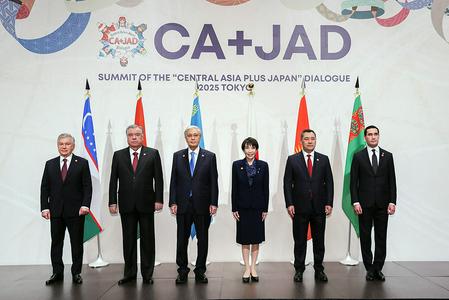 23 December23.12PhotoTokyo DriveJapan to invest about $20 billion in projects across Central Asia over five years
23 December23.12PhotoTokyo DriveJapan to invest about $20 billion in projects across Central Asia over five years -
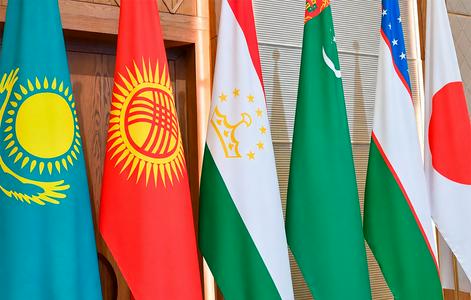 17 December17.12Sake for SixCentral Asia’s Rapprochement with Japan Comes with Hidden Pitfalls
17 December17.12Sake for SixCentral Asia’s Rapprochement with Japan Comes with Hidden Pitfalls -
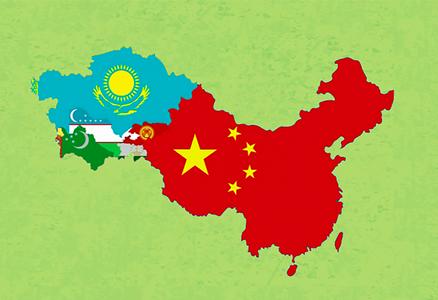 17 September17.09Risky PartnershipWhy Dealing with China Is Harder Than It Seems at First Glance
17 September17.09Risky PartnershipWhy Dealing with China Is Harder Than It Seems at First Glance -
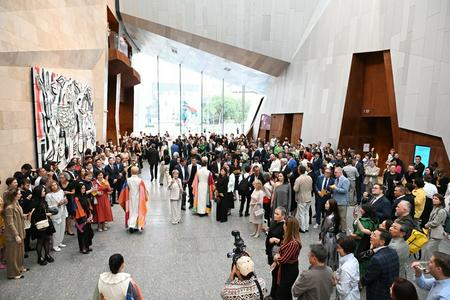 15 September15.09“We May Not Play First Violin in the World of Contemporary Art, but Somewhere There We Tap on the Triangle”Valeria Ibraeva on the First Contemporary Art Museum in Central Asia, Opened in Almaty
15 September15.09“We May Not Play First Violin in the World of Contemporary Art, but Somewhere There We Tap on the Triangle”Valeria Ibraeva on the First Contemporary Art Museum in Central Asia, Opened in Almaty -
 06 August06.08What went wrong in Central Asia’s coronavirus response?How poor planning and a fixation on faulty test results undid months of hard work
06 August06.08What went wrong in Central Asia’s coronavirus response?How poor planning and a fixation on faulty test results undid months of hard work -
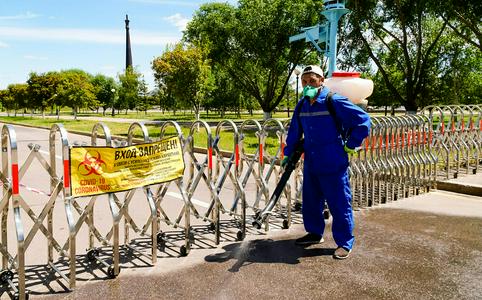 02 July02.07Just like in Italy?Kazakhstan becomes the first Central Asian nation to struggle with a second wave of COVID-19
02 July02.07Just like in Italy?Kazakhstan becomes the first Central Asian nation to struggle with a second wave of COVID-19
